
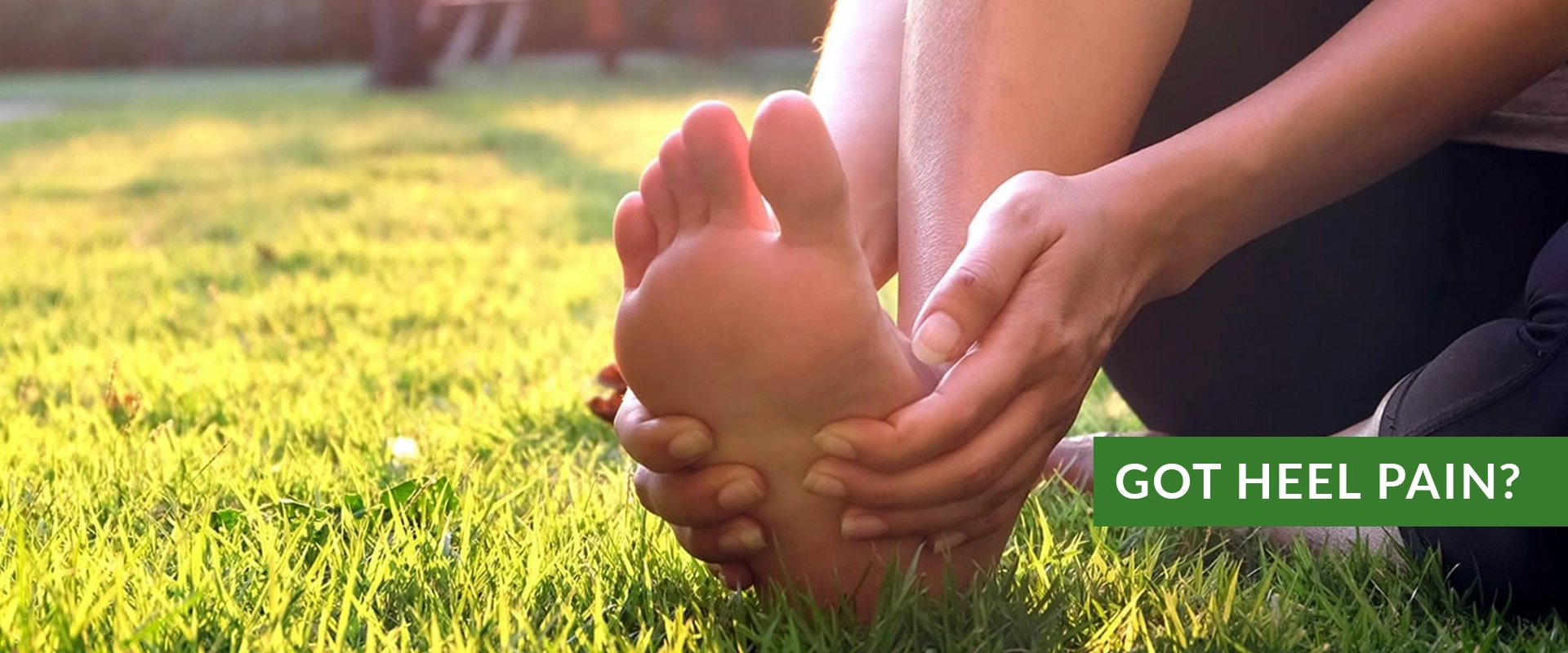
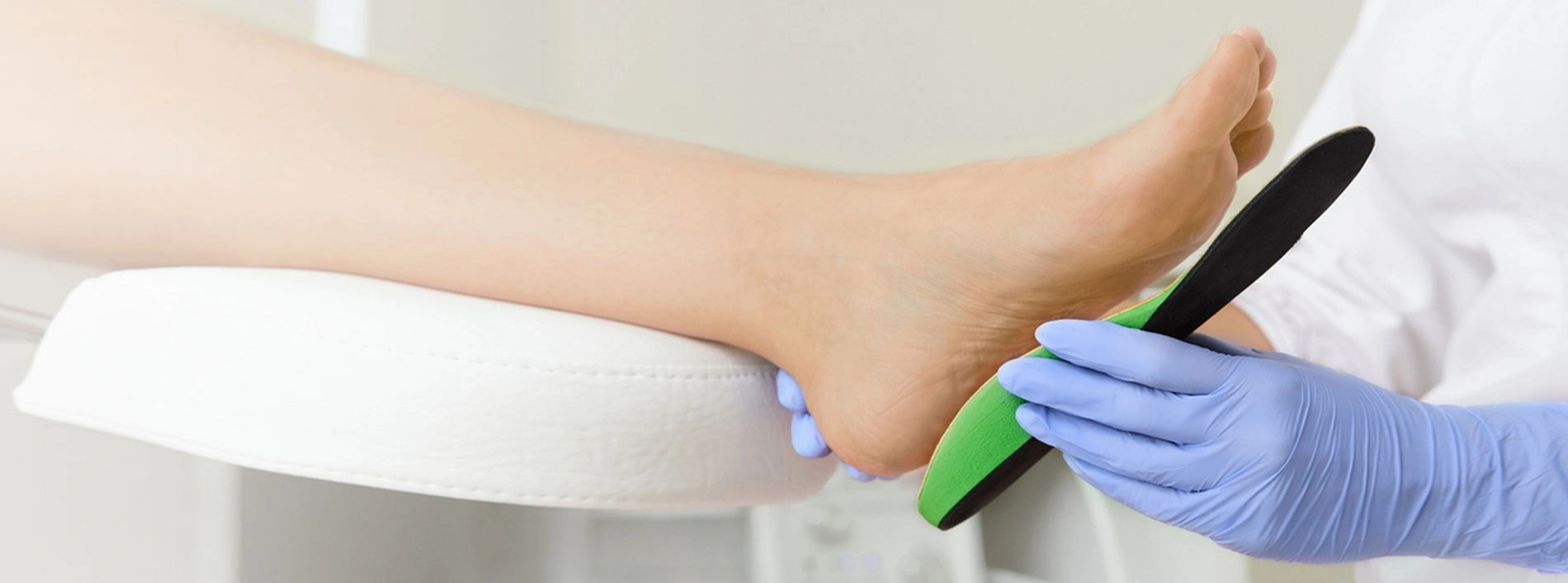

slide-02.jpg
slide-03.jpg
slide-00-custom-orthotics.jpg
slide-01.jpg
WE PROVIDE FOOT CARE FOR THE WHOLE FAMILY
Welcome to Advanced Foot & Ankle, where our team of highly skilled and board-certified podiatrists is dedicated to providing specialized care for your foot and ankle needs. Whether you require conservative treatments or surgical interventions, we go beyond treating symptoms to ensure your complete recovery and a swift return to your regular activities.
During your initial visit, we provide a clinical evaluation of your condition in an effort to make a precise diagnosis, enabling us to devise a tailored treatment plan that addresses your specific needs. With our extensive experience and expertise, we proudly serve the community of Middle Tennessee by offering a range of podiatric services.
At Advanced Foot & Ankle, we specialize in various areas, including skin grafts, diabetic wound care, limb salvage, vascular testing, and surgeries. We understand the unique challenges associated with these conditions, and our team is equipped with the knowledge and skills to provide you with the highest quality care available.
As a patient, your well-being is our top priority. Trust our compassionate team to provide you with the highest standard of podiatric care, helping you regain mobility and enjoy a pain-free life. Schedule your appointment with us today by calling (615) 332-0330 and take the first step towards healthier feet. We proudly serve the communities of Nashville, Midtown, Smyrna, Spring Hill, Columbia, Dickson, Fairview, and Hohenwald.

Plantar fasciitis affects the plantar regions of the foot, namely the heel, arch, and midfoot. When too much stress is put on the plantar fascia, or the connective tissue that stretches from the heel to the ball of your foot, inflammation, overtightening, and tearing may arise. This can cause foot pain. Because of plantar fasciitis, you may experience tearing with the first steps you take in the morning each day.
A certain trigger that may cause stress to the plantar fascia includes poor arch support, which is brought upon by frequently walking barefoot or wearing shoes with improper arch support. Other causes include obesity or a sudden increase in weight, increased physical activity, weak foot and ankle muscles, tight calf muscles, and arthritis.
If you’re feeling pain after sitting, walking, or standing for a long period of time, as well as when you first step out of bed or climb stairs, you may be showing signs of plantar fasciitis. To know for sure what’s causing you pain, it’s best that you get an x-ray taken of your foot.
Treatment for plantar fasciitis depends on the severity of the specific case of the condition. Ice massage applications may be used to reduce pain and inflammation. Physical therapy is often used to treat plantar fasciitis, and this may include stretching exercises. Another treatment option is anti-inflammatory medication, such as ibuprofen.
Because plantar fasciitis is known to worsen over time, it’s recommended that you meet with a podiatrist as soon as possible for a proper diagnosis and advised treatment plan.
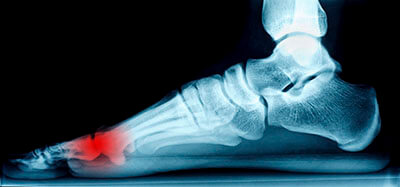
A neuroma is a painful condition also referred to as a pinched nerve or a nerve tumor. Neuromas are often more common among women and can cause discomfort or pain when walking. If left untreated the pain and discomfort may increase.
Neuromas can often be treated non-surgically, but surgical may become an option for sever cases. The podiatrists at AFACC treat neuromas conservatively first, and only suggest surgery when needed.
To learn what neuroma treatment options are best for you find the nearest AFACC clinic, or fill out the appointment form to the left. To learn more about the symptoms and causes of neuromas continue reading below.
A neuroma is a benign growth of nerve tissue frequently found between the third and fourth toes that brings on pain and discomfort between the toes and the ball of the foot. Those suffering from a neuroma, also referred to as a pinched nerve, may find it difficult to walk and often describe the pain to be similar to having a stone in their shoe.
The principal symptom associated with a neuroma is pain between the toes while walking. Those suffering from the condition often find relief by stopping their walk, taking off their shoe, and rubbing the affected area.
Other common symptoms of a neuroma are:
Although the exact cause of a neuroma is unclear, there are a number of factors that can contribute to its formation. The following are some of the more common causes of a neuroma or pinched nerve:
Neuromas, especially when addressed early, can be treated non-surgically. Early treatments may involve:
When early treatments fail and the neuroma progresses past the threshold for such options, surgery may become necessary. The procedure, which removes the inflamed and enlarged nerve, can usually be conducted on an outpatient basis, with a recovery time that is often just a few weeks. The podiatrists and surgeons at AFACC always look to conservative treatment first, and suggest surgery only when absolutely necessary.
Remember that foot pain is not normal, and any disruption in foot function limits your freedom and mobility. It is important to schedule an appointment with your podiatrist at the first sign of pain or discomfort in your feet, and follow proper maintenance guidelines to ensure their proper health for the rest of your life.
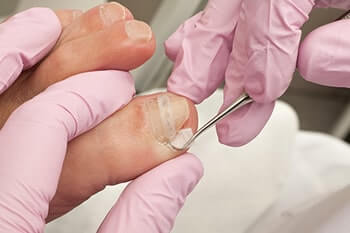
Ingrown toenails can form when the side of a toenail begins to grow into the flesh surrounding the nail. As a result, the affected toe—most commonly the big toe—may become red, swollen, painful, and—in severe cases—infected.
There are many reasons why an ingrown toenail may develop. Improperly cutting your toenails is a major cause of ingrown toenails. If toenails aren’t cut straight across or are cut too short, the likelihood of getting an ingrown toenail may increase. Other causes include having unusually curved toenails, wearing shoes that don’t give your toes an ample amount of space, and hereditary factors. Injuring the toe by stubbing it or having an object fall on it may also lead to ingrown toenails. If left untreated, an ingrown toenail can lead to further complications with the foot.
If you are someone who has diabetes, it’s extremely important to remain mindful of ingrown toenail prevention, as minor cuts or simple scrapes can lead to serious complications. You can prevent ingrown toenails by ensuring toenails are straight across and at a moderate length, wearing shoes that fit properly, and checking feet daily for signs of foot issues.
Treatment for an ingrown toenail will vary on a case by case basis. One form of treatment requires lifting the ingrown nail and placing a splint or piece of cotton underneath. Another method for a more severe case would involve partially removing the nail. For cases that need extreme care, the nail itself and tissue would have to be removed.
If you’d like more information about ingrown toenails, we recommend you consult with a podiatrist who can give you a proper diagnosis and go over your treatment options.
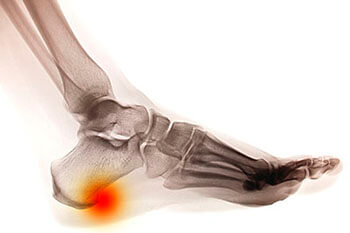
Heel spurs are brought upon by a calcium deposit that causes a bony protrusion on the underside of the heel bone. It normally forms over time and can best be diagnosed through an x-ray examination. Heel spurs are commonly linked with plantar fasciitis, an inflammation that runs along the bottom of the foot. Common symptoms of heel spurs include pain towards the affected area, inflammation, and swelling at the front of the heel.
Some risk factors for developing heel spurs include running and jogging on hard surfaces, being obese, wearing poorly fitting shoes, or having walking gait abnormalities.
There are different causes that may lead to a heel spur including poorly fitted shoes, excess weight or obesity, repetitive stress from running or jogging on hard surfaces, and arthritis. Treating a heel spur often requires a lifestyle change as well as getting plenty of rest. Using cold compresses is another method to help alleviate the discomfort of a heel spur. To prevent further damage, it may be useful to look into wearing shoe inserts or custom orthotics.
Heel spurs can be prevented by wearing well-fitting shoes that have shock-absorbent soles. You should also be sure that you are choosing the right shoe for the activity you want to partake in; for example, do not wear walking shoes when you want to go on a run. Additionally, maintaining a healthy weight can be beneficial toward preventing heel spurs, as it will prevent an excess amount of pressure being placed on the ligaments.
Practicing different exercises can help reduce the pain of heel spurs as well decrease inflammation you may be experiencing. Some of these helpful exercises include calf stretches performed either against a wall or on steps, foot rolls with a golf or tennis ball, seated foot flexes, and towel grabs with your toes. Heel spur prevention can start by understanding the everyday stresses put on your feet and knowing when to let your feet rest. It’s also important to not let heel pain go uncared for. Once you notice something is off, take action instead of waiting to see if it goes away.
If you’d like more information about heel spurs, consult with a podiatrist who can provide you with a proper diagnosis and professional care.
Click below to read what our satisfied patients are saying about our practice.
Read More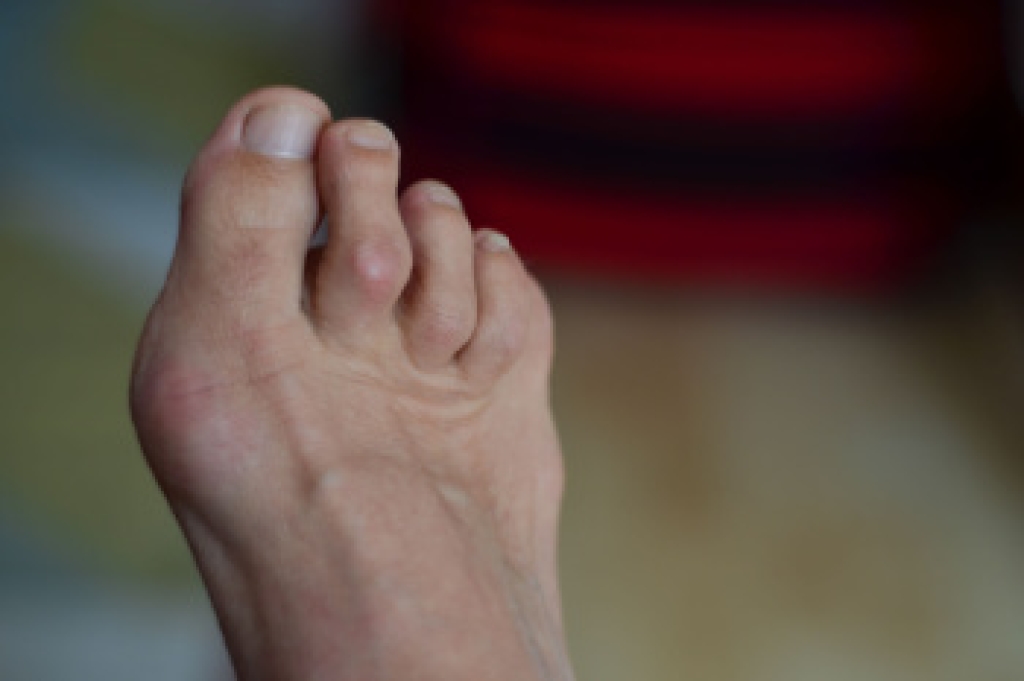 What Causes Hammertoe?
What Causes Hammertoe?  Stretching the Feet to Prevent Arch Pain
Stretching the Feet to Prevent Arch Pain 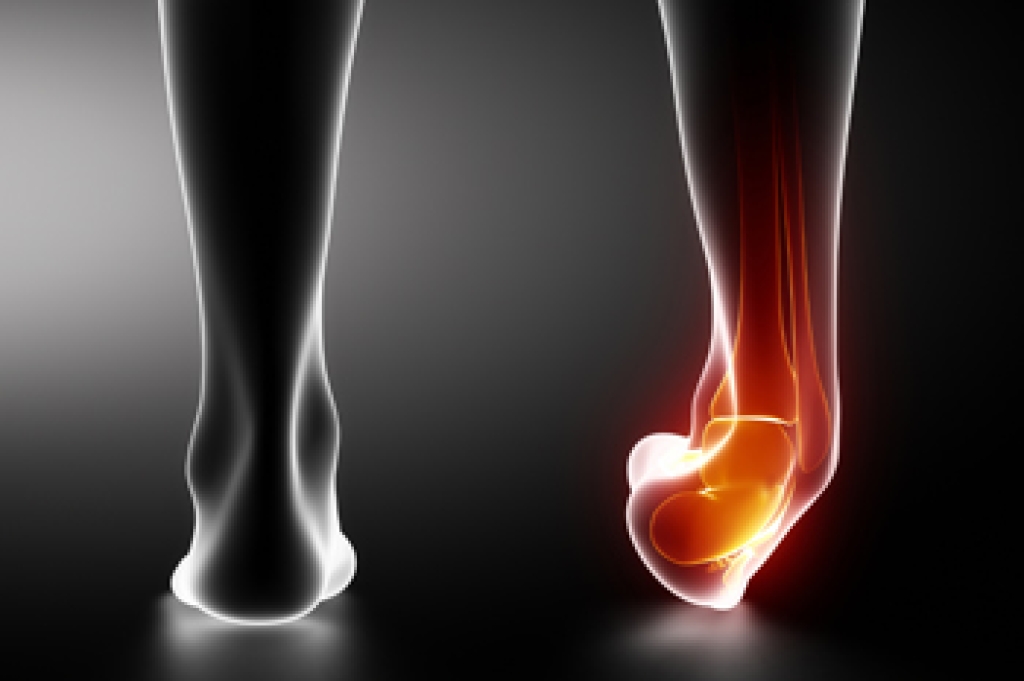 Healing a Broken Ankle Starts With Walking Sooner
Healing a Broken Ankle Starts With Walking Sooner Nashville Foot &
Ankle Center
Smyrna Foot &
Ankle Center
Spring Hill Foot &
Ankle Center
Columbia Foot &
Ankle Center
Dickson Foot &
Ankle Center
Fairview Foot &
Ankle Center
Hohenwald Foot &
Ankle Center
Midtown Foot &
Ankle Center

